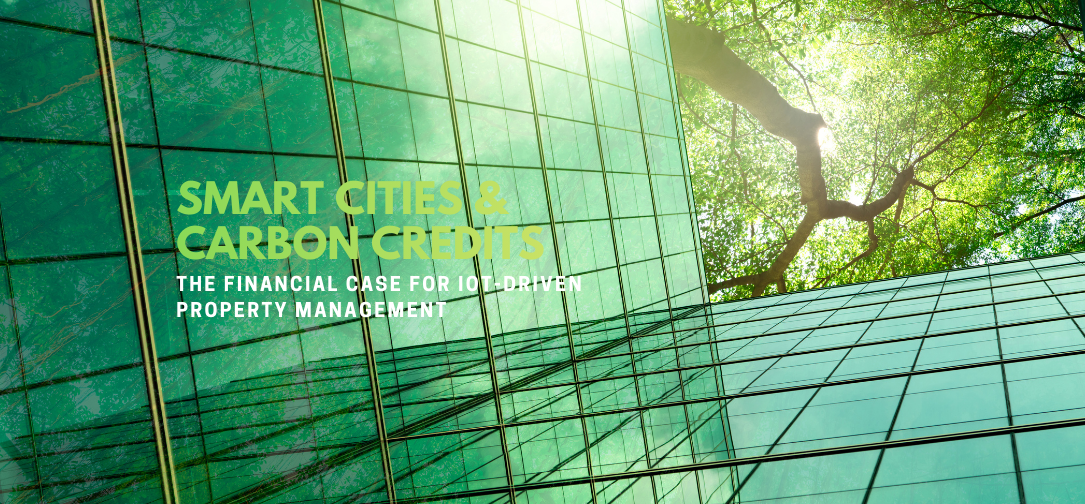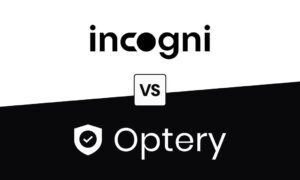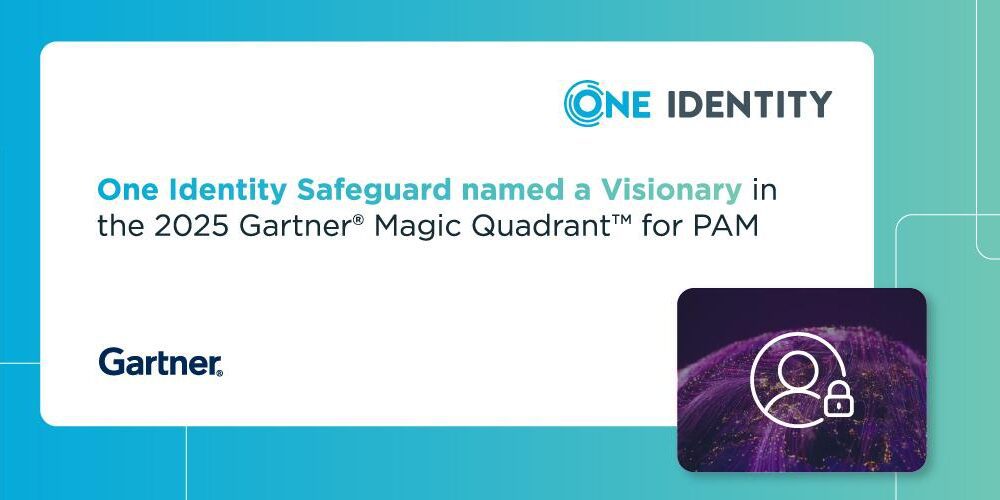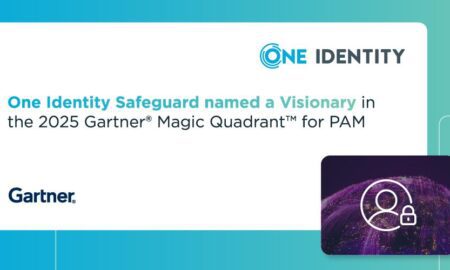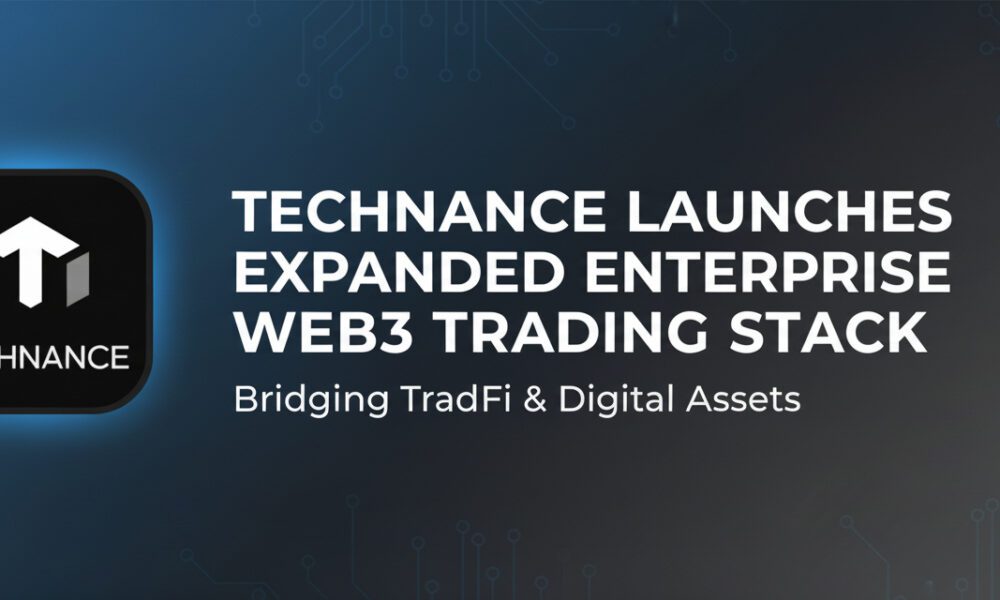For decades, sustainability in real estate was seen as a PR spend a “nice to have” plaque in the lobby or a paragraph in the annual CSR report. That era is over. In 2025, sustainability is not for show any longer; it’s all about alpha.
With the worldwide PropTech market expected to grow and a booming carbon credit economy (set to be valued at $4 billion in 2025 but have this number significantly grow by 2035) commercial real estate (CRE) is seeing an unprecedented upheaval. We are transitioning between a divestiture of energy and to the asset sale.
One intersection of IoT and Blockchain is driving the evolution of smart buildings from energy guzzlers to “carbon mines” producing asset-backed, liquid assets traded on a public market. Here’s the financial argument for IoT facilitated property takeover.
The “Green Premium” and the “Brown Discount”
The first financial case for smart property management is asset valuations. The market is separated into two classes: future-proofed “green” assets and outdated “brown” assets.
According to the latest data from leading property consultancies like Knight Frank, green-rated buildings can demand a sales price premium of between 8% and18% over their non-compliant counterparts. This is the “Green Premium.”
“Brown Discount,” meanwhile, is starting to feel more tangible of a risk. As cities, including New York (Local Law 97) and London impose stringent emissions caps, buildings which lack the digital infrastructure to measure and record such emissions are in danger of receiving heavy fines coupled with insurance hikes. Investors are starting to factor this risk in by discounting properties where efficiency can’t be demonstrated.
The Mechanism: How IoT Turns Watts into Wallets
How exactly does a building generate revenue from thin air? The process relies on a tight integration of hardware (IoT) and software (Fintech/Blockchain).
Granular Data Collection (MRV)
Measurement, Reporting and Verification (MRV) is the bottleneck for a traditional carbon market. The old method meant expensive consultants walking through a building once a year. Today, IoT sensors (eg on HVAC systems and occupancy/energy loads) provide real-time tamper-proof information. Smart building doesn’t need to rely on estimates of its own carbon footprint; it already knows it, down to the millisecond.
Algorithmic Optimization
AI platforms like Digital Twins also consume this sensor data to self-tune building resources. Instead of cooling a vacant floor, the system modulates in response to actual occupancy sensors. Those efficiency gains ( say, cutting energy use by 20 percent) are the raw material for carbon credits. As claimed by Edwin Khodabakchian, CEO of Feedly Inc., “In the modern stock game, it’s not just access to information that is important, it’s filtering the signal from the noise. “In a world overwhelmed with information, those platforms able to refine data into something meaningful and actionable whether in news feeds or on property dashboards—are going to rule the decision-making process.”
Tokenization & Verification
This is where TechBullion readers will benefit the most. If these energy savings are to be sold as carbon credits, the numbers have to be believable. That is why Blockchain is the “last mile” of PropTech. By securing IoT data on a distributed ledger (Refi, or Regenerative Finance), property owners can validate the reality of their carbon reductions without an intermediary. Such reductions can later be tokenized as digital assets (RWAs or Real World Assets) representing one ton of verified CO2 reduction.
The FinTech Angle: Tokenized Real Estate Assets
The convergence of Real Estate and DeFi (Decentralized Finance) could be the most exciting thing for investors. Tokenization is not just a buzzword, it’s a liquidity solution that addresses the age-old “illiquidiy premium” of real estate. And similarly, professionals are being challenged by new ways of working swept up by these models.
“This is necessity for the professionals; leading brokerages today are embracing technology and new, creative ways of doing business,” says Amanda New, founder & CEO of Cash For Houses Girl. More professionals willing to embrace change and leverage the tools and efficiencies that are easily available (and possibly further distribution like SaaS over time). The business is changing and taking a stand against that change is a risk in itself.”
Solving the Liquidity Crisis
Tokenized carbon credits, fractional ownership in properties and the like solve traditional markets’ liquidity woes. Rather than spending months negotiating a deal for carbon offsets, a savvy building owner might theoretically mint tokens that represent their Q1 energy savings and sell them instantly to a more captive audience on an app-compatible decentralized exchange (DEX) or directly to corporate buyers seeking credit for those savings against their Scope 3 emissions. This emphasis on verified, connected data is critical to understanding performance.
According to Scott Howe, the CEO of LiveRamp, “The winners will parent the silos.” You can unlock a far better ROI with data collaboration. The winners take share by being smart, by knowing whether your [investments] are working.”
Projects integrating IoT data directly into smart contracts are creating a trustless bridge between physical infrastructure and financial markets. This democratization of investment is key to unlocking new wealth. “I was always interested in the concept of passive income and earning wealth from property ownership,” explains Zack Moorin, founder of Zack Buys Houses. “New technologies are lowering the barrier to entry, allowing more people to pursue that financial independence through smarter, data-backed investments.”
This improved data transparency also sharpens investment acumen. Jonathan Carcone, founder & CEO of 4 Brothers Buy Houses, highlights the valuation challenge: “Everyone will misevaluate deals at some point… The difference today is how technology helps us identify those opportunities. I would rather bet on myself and the data I have than rely on outdated metrics.”
The ROI of “Smart”
Let’s look at the composite ROI for an IoT-enabled property in 2025:
1) OpEx Reduction: Smart HVAC and lighting normally lead to 15-25% savings on the energy bill.
2) New Revenue Stream: SCompanies now have the ability to sell certified carbon credits creating a profit center, which typically pays for the investment in IoT between 18-24 months.
3) Cap Rate Compression: The Building that is more efficient operates at lower cost and has increased compliance security sells for a lesser cap rate (higher value). This capability to enable a strategic approach for targeting and validating high growth, efficient assets is revolutionising market entry. According to Robert Fausette, owner of Revival Homebuyer, “Real estate has always been the most powerful way to build wealth but only if you do it right. Markets like Nashville have taken off due to a strong economy and quality of life. Thanks to technology, investors can identify these ‘hot’ markets faster than ever before transforming local investment trends into global opportunities.”
Conclusion: The Future is Quantified
The smart city of tomorrow is not just connected; it’s financialized. For real estate developers, REIT managers and PropTech investors the message is clear: If your building isn’t making data, it’s losing money.
So, as we look out to 2030, the buildings that capture the highest rents and asset valuations will be those that engage actively with the energy grid shedding load, generating power and minting credits. The technology is already here; the financial incentives are there. All that remains to be seen is whether your portfolio is smart enough to cash in.

